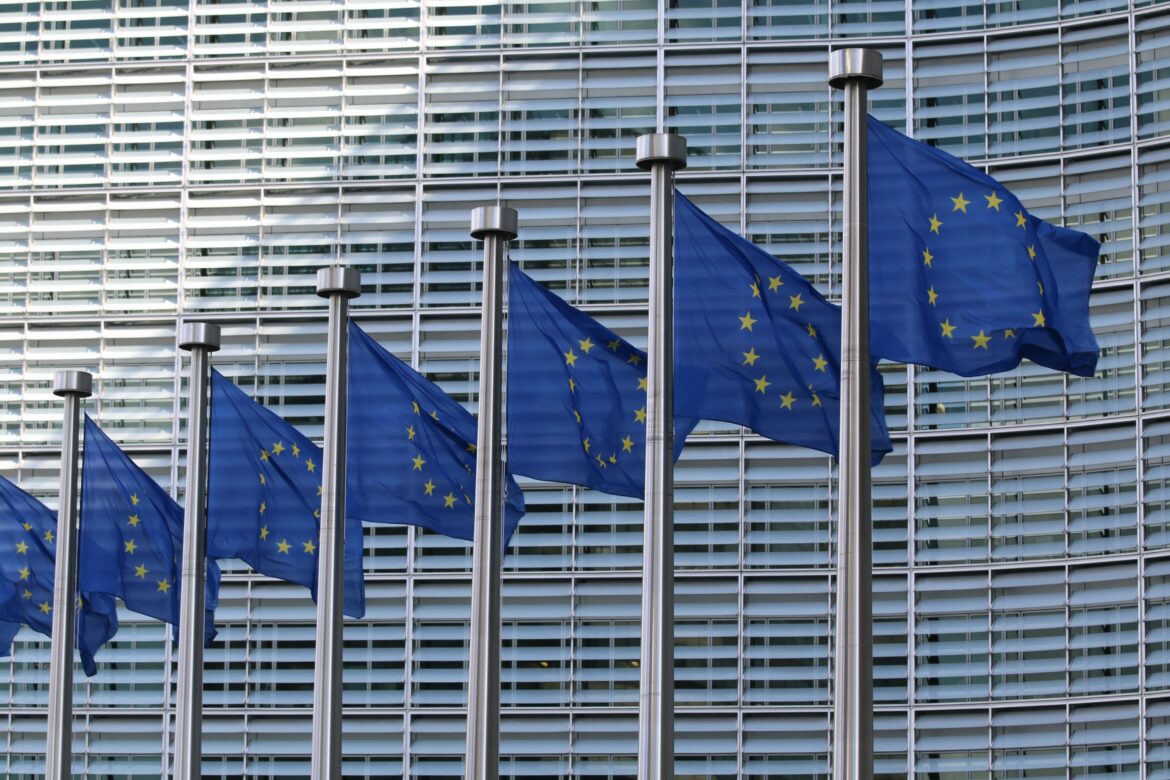Since Russia launched its full-scale invasion of Ukraine in February 2022, the EU has sought to support Ukraine and limit Russian advances into Ukrainian territory by imposing a range of sanctions against Russia. These sanctions include individual sanctions, such as those imposed on President Vladimir Putin and members of the Russian government, economic sanctions, restrictions on Russian media within the EU, diplomatic measures, and sanctions against Belarus. With this strategy, the EU aims to disrupt Russia’s economy and thus its ability to finance its invasion of Ukraine, as well as punish the individuals responsible for the invasion.
The EU’s response to the Russia-Ukraine War has not gone unnoticed by Russia, which has equally sought to inflict damage on European economies by weaponising its supply of natural gas, a resource the EU is heavily dependent on.
The EU is the world’s largest importer of natural gas, with 40% of its supply coming from Russia last year. This was primarily through the Nord Stream 1 pipeline, which runs from Russia to Germany through the Baltic Sea, and whose majority shareholder is Gazprom, a Russian state-owned company. Another pipeline, Nord Stream 2, was never operational as Germany did not grant it the required operating license following Russia’s invasion of Ukraine.
Since Nord Stream 1 is the primary natural gas delivery route, it has been Russia’s preferred target for its attacks against European energy markets. In June 2022, deliveries of natural gas through the pipeline were reduced by 75%; in July 2022, deliveries stopped for 10 days, with Russia citing maintenance issues as a result of EU sanctions. In August 2022, the pipeline was finally shut down.
Despite the fact that it is no longer operational, the Nord Stream pipeline system continues to be targeted. On September 26th, 2022, gas leaks in proximity to each other were identified on both lines of the pipeline. While many suspect that Russia is liable for these occurrences, with EU officials referring to the incident as ‘sabotage’, the EU has refrained from identifying any actor responsible for the damage to the pipeline.
European countries rely heavily on electricity generated with natural gas to cover the demand for electricity that cannot be met by renewable energies. Because of this, the uncertainty caused by Russia’s threats to the European natural gas supply has led to a rise in electricity prices in the European energy market. Climate change-related extreme weather conditions have further exacerbated this over the summer months, as they have impacted the supply of renewable energy sources.
The rise in electricity prices has hit European households and businesses hard. Energy-intensive industries – some of which were already under pressure due to other supply shortages (e.g., grain) caused by the Russia-Ukraine War – have been severely impacted by the rise in electricity prices, adding further inflationary pressure, accelerating the general rise in the prices of goods and services.
This has led to a rise in the cost of living for European households, many of whom are already struggling to pay their energy bills, and the poorest of whom are at risk of fuel poverty. According to the End Fuel Poverty Coalition, fuel poverty is “the condition by which a household is unable to afford to heat (or cool) their home to an adequate temperature”.
In addition to the REPowerEU Plan, which aims to reduce the EU’s dependence on Russian natural gas, the European Commission has proposed several interventions to uplift the energy market and lighten the burden of rising energy costs on households and businesses.
First, it has proposed to reduce the demand for electricity during peak demand hours for natural gas-generated electricity. The specifics of how this will be achieved are left to the discretion of each member state but may include financial compensation for electricity consumers, whether they be households or businesses.
Second, a temporary revenue cap on so-called ‘inframarginal’ electricity producers has been proposed, which include renewable energies and other sources of energy which can provide electricity at a lower marginal cost than natural gas. The revenue that can be earned by generating electricity from an inframarginal source will be limited to €180 EUR/MWh, meaning that revenues above that limit will be “collected by Member State governments and used to help energy consumers reduce their bills”.
The European Commission has also proposed to apply a similar intervention to non-inframarginal energy sources such as oil and coal, with excess profits from these sectors going towards energy consumers, including at-risk households and businesses.
Finally, by expanding the existing Energy Prices Toolbox, the European Commission’s proposal would help consumers and small and medium-sized enterprises by regulating electricity prices. By providing price subsidies to electricity providers, electricity prices could be set below-cost for consumers.
The European Commission is adapting to the evolving situation by rolling out additional proposals to complement the interventions in place. The result of these interventions is yet to be seen, but should they fail in mitigating the impacts of the Russian natural gas shortage, Europe will have to brace itself for a long and cold winter.
Edited by Liz Bredt

